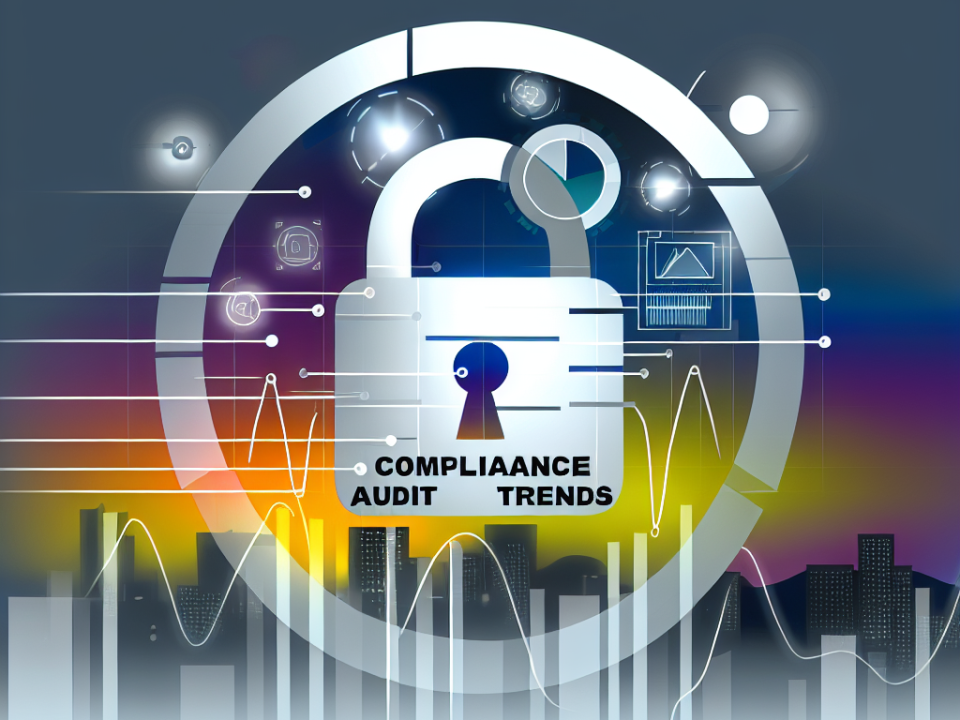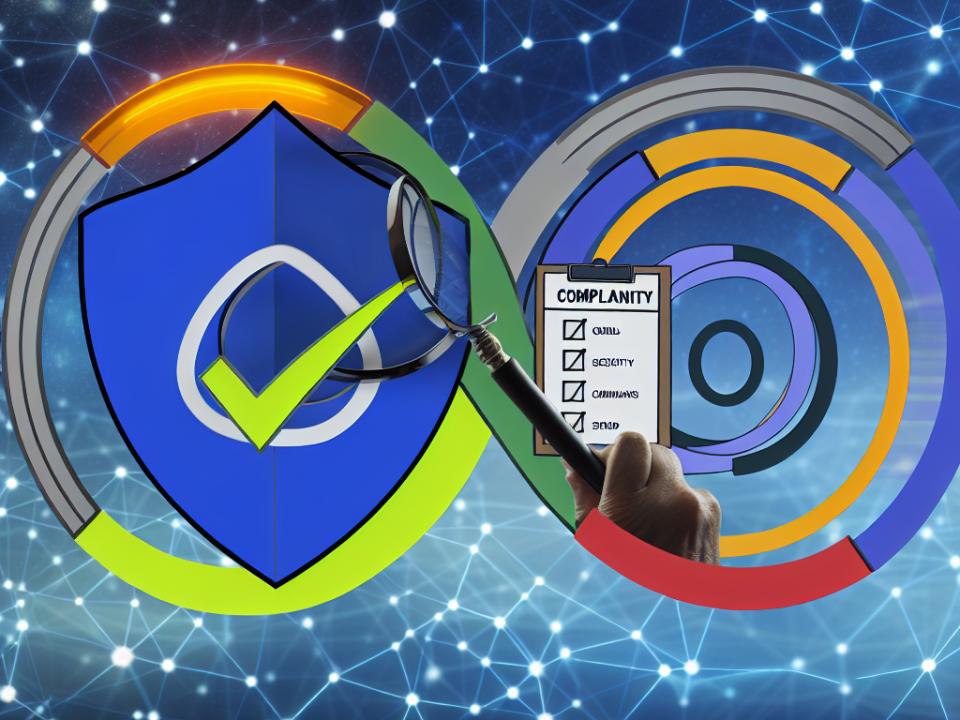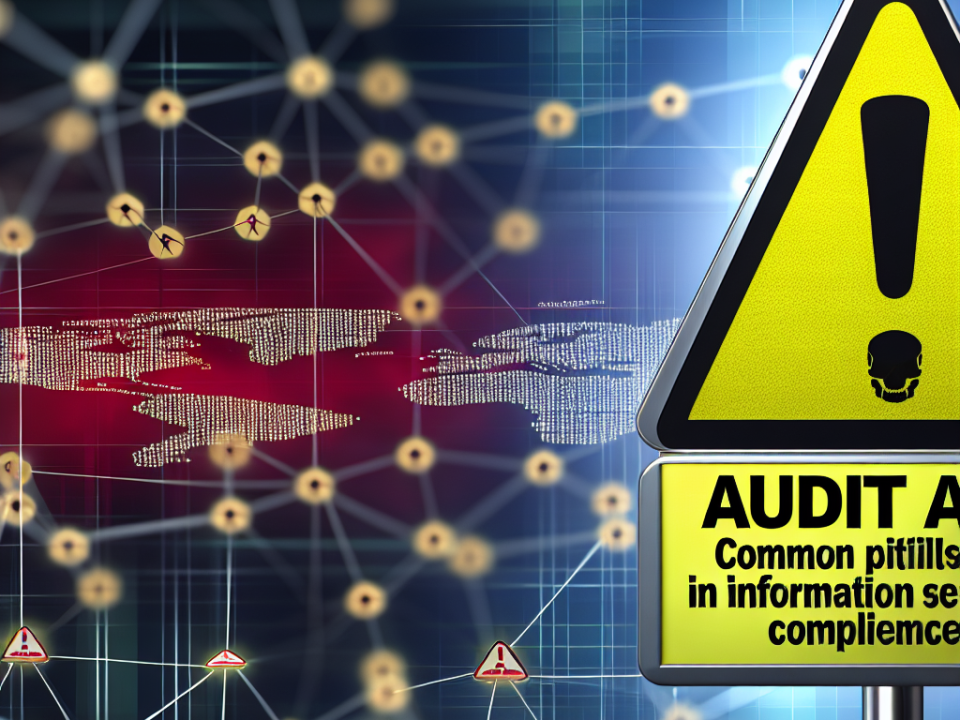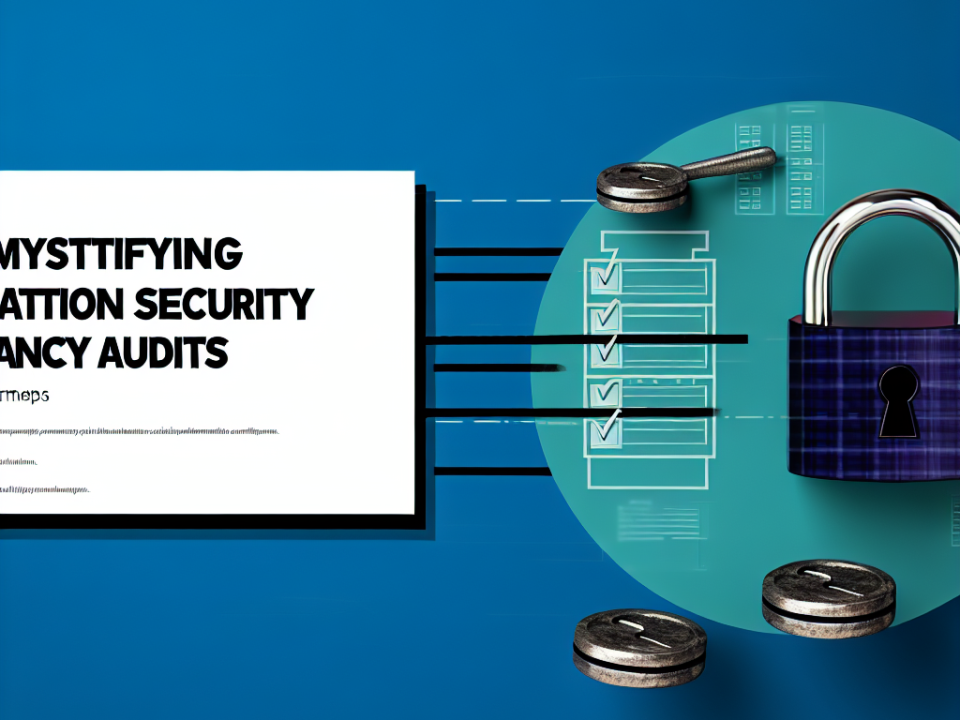
Cybersecurity and the Internet of Things: Protecting the Future of Smart Devices
July 30, 2025
Feel free to mix and match ideas or modify them to better fit your audience!
July 31, 2025
In today’s rapidly evolving digital landscape, the interplay between innovation and compliance presents a considerable challenge for organizations. This is especially true in the realm of cybersecurity, where the stakes are high, and the rules of engagement are continually changing. Striking a balance between fostering technological advancement and adhering to regulatory prerequisites is critical for safeguarding sensitive information while enabling growth.
The Importance of Cybersecurity in Innovation
Innovation drives progress, allowing companies to develop new products, improve services, and enhance user experiences. In the tech industry, this often comes in the form of new applications, cloud services, and IoT devices. However, these innovations can introduce vulnerabilities if not adequately secured, leading to data breaches, financial loss, and reputational damage.
As organizations embrace digital transformation, they must recognize that innovation can attract cyber threats. This scenario makes it imperative to implement robust cybersecurity measures. Yet, the regulatory landscape surrounding these measures can potentially hinder agility and creativity.
Understanding Cybersecurity Regulations
Cybersecurity regulations are designed to protect individuals, businesses, and governments from cyber threats. They create a framework for organizations to follow, ensuring that adequate measures are taken to mitigate risks. Below are some fundamental regulations influencing cybersecurity practices:
-
General Data Protection Regulation (GDPR):
- Enforced across the European Union, GDPR mandates data protection and privacy for all individuals. It requires organizations to implement stringent security measures and provide users with greater control over their personal information.
-
Health Insurance Portability and Accountability Act (HIPAA):
- In the healthcare sector, HIPAA sets national standards for protecting sensitive patient data. Compliance necessitates heightened security protocols to safeguard internet-connected medical devices and patient records.
-
Federal Information Security Management Act (FISMA):
- This U.S. legislation serves to protect government information systems from cybersecurity risks and establishes a comprehensive framework for securing federal data.
- Payment Card Industry Data Security Standard (PCI DSS):
- Organizations handling credit card transactions must comply with PCI DSS to ensure secure processing, storage, and transmission of cardholder information.
These regulations are not just bureaucratic requirements; they embody foundational principles that drive effective cybersecurity strategies.
The Compliance Dilemma
While compliance with these regulations is essential, it can also be a double-edged sword. Organizations may find themselves caught between the need for agility and the stringent requirements of regulatory frameworks:
-
Resource Allocation: Adhering to regulations often demands significant human and financial resources. This distraction can divert attention from innovation initiatives.
-
Rate of Change: Innovation cycles are faster than regulatory updates. Organizations might struggle to comply with outdated regulations that do not adequately address emerging cyber threats.
- Creativity Constraints: Strict compliance measures might stifle creative solutions that could lead to new technologies or business models.
Bridging the Gap: Strategies for Balancing Innovation and Compliance
To navigate the complexities of balancing innovation with compliance, organizations can adopt several strategies:
-
Integrate Compliance from the Start: Rather than treating compliance as an afterthought, integrate it into the product development lifecycle. This approach allows for the creation of innovative technologies that comply with regulations from their inception.
-
Continuous Monitoring and Adaptation: Implement real-time monitoring systems that not only identify vulnerabilities but also adjust protocols to address emerging threats. This flexibility can help organizations stay compliant while being innovative.
-
Foster a Culture of Cyber Awareness: Educate employees about cybersecurity best practices. A workforce that understands compliance requirements and potential risks can significantly reduce data breaches and promote a culture of security.
-
Engage with Regulatory Bodies: Proactively engage with regulators to gain insights into upcoming changes. Participation in industry forums can help organizations stay ahead and even influence regulatory evolution.
- Utilize Risk Management Frameworks: Establish robust risk management frameworks that allow organizations to assess their risk appetite. This flexibility can guide compliance efforts while fostering innovation.
Conclusion
The balance between innovation and compliance in cybersecurity is a dynamic and complex endeavor. While regulations are critical for protecting sensitive information, they can also pose challenges for innovative ventures. By adopting proactive strategies and fostering a culture of security, organizations can navigate this landscape effectively, ensuring that they can innovate without sacrificing compliance. In doing so, they not only protect their assets but also enhance their competitive edge in a digital world fraught with risks.







